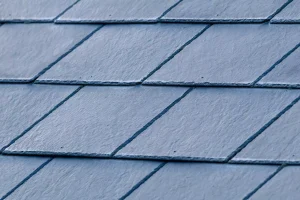
The typical design of built-in bunk beds is one bunk on top of the other. While this arrangement is very functional, you can also create more design flexibility with built-in bunk beds by raising the bottom bunk or adjusting its height. This allows for greater headroom and storage underneath the lower bunk without compromising on space.
Built-in beds can have many different features, including stairs, ladders, and hidden flip-down pillow rest storage. Some beds even feature molding details such as shiplap, board & batten, or crown. These details add an attractive, functional, and beautiful touch to any bedroom. Depending on your design needs, built-in bunk beds can add a rustic touch to your room while providing storage.
While built-in bunk beds are an excellent space-saver, they can be problematic once your kids have outgrown them. The fact that built-in bunk beds are more difficult to remove once a child grows out of their bunk phase can make repurposing the furniture a challenge. Additionally, built-in bunk beds restrict your child’s bedroom’s freedom.
The Ruetemple studio in Moscow remodeled a top-floor apartment to create a space that was both functional and fun. Architects incorporated built-in bunk beds into a space-saving furniture unit that is not only practical, but also stylish. One design, by HAUS, incorporates a bunk bed into a girl’s bedroom, which has a pull-out storage drawer below the bottom bunk, as well as open shelves for each sleeping nook.
Building a built-in bunk bed is not a difficult task if you know how to make the correct measurements. A few basic tools are necessary and can help you complete the project in a few days. One important tool is a level. A level will help you line up the bunk boards perfectly.
A built-in bunk bed system can be a great option if you want to create a space-saving sleeping space in an open floor plan. The bottom bunk can be pulled out of the wall and space underneath the top bunk can be utilized as a storage area, a hot press, or a platform for books and lights.
The mattress supports are made of 2x4s that are cut to the proper length – 81 3/8 inches. Then, you can use a Kreg pocket hole jig to drill pocket holes in the ends of the boards. Once these are complete, you can connect them to the walls with two screws.




